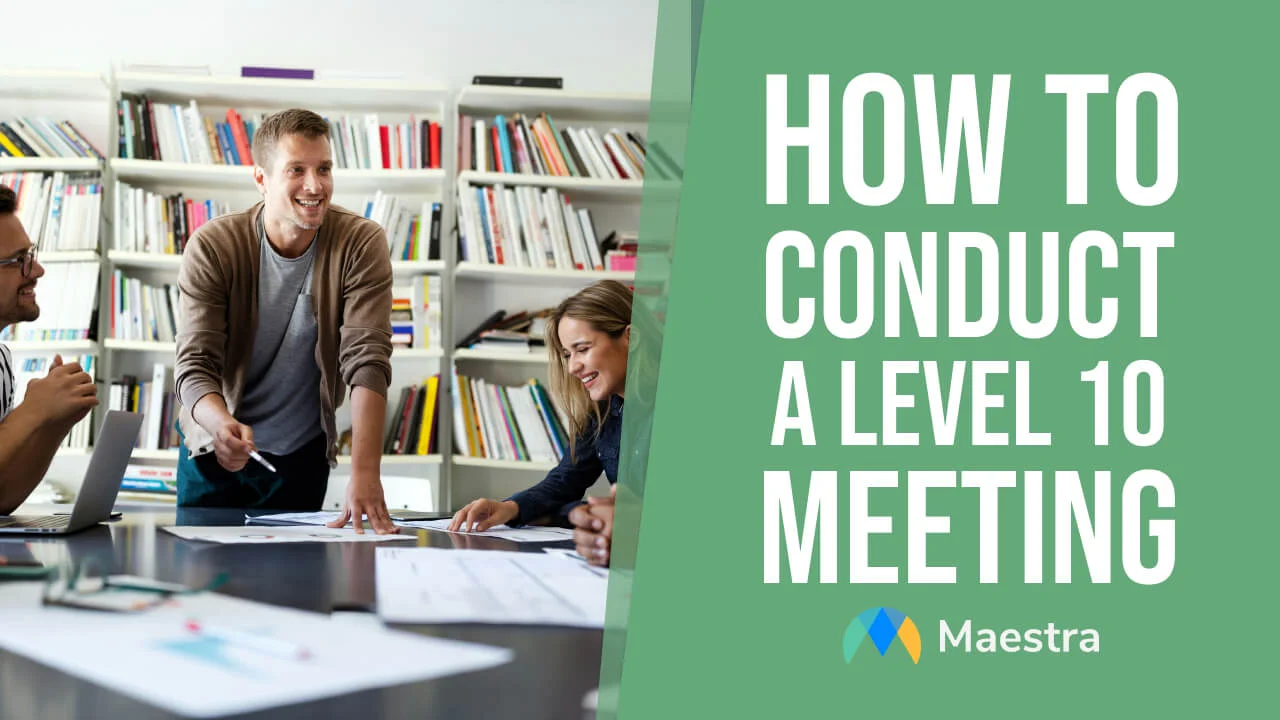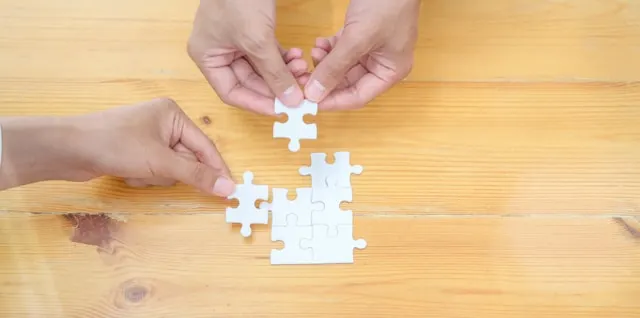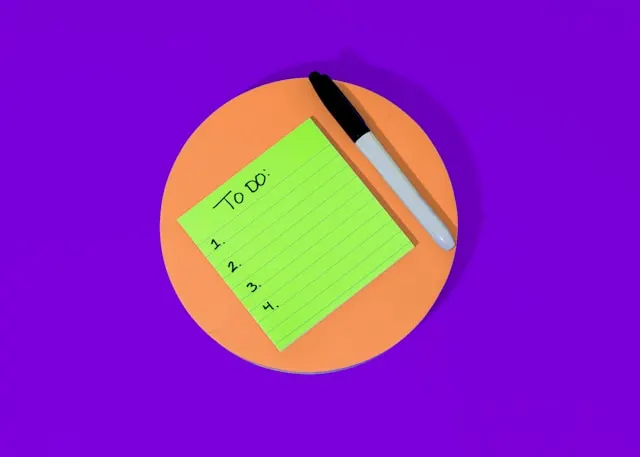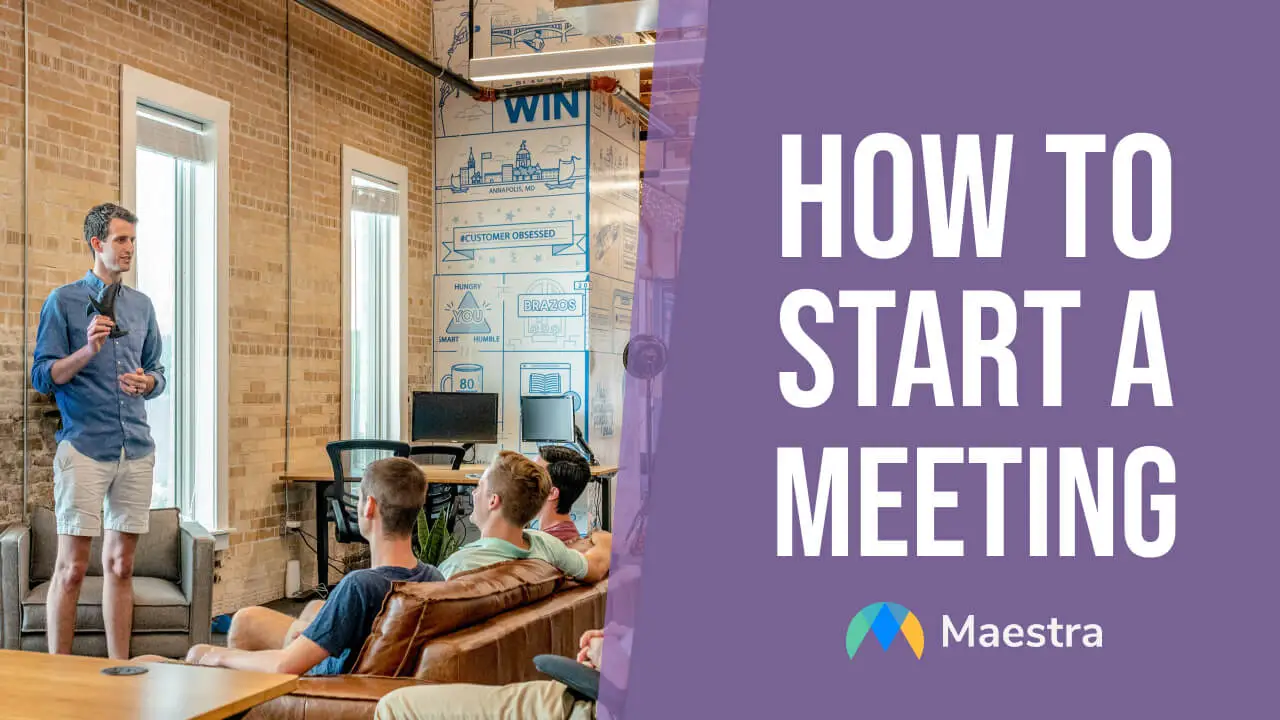How to Run a Level 10 Meeting (with Template and Tips)

Derailed meetings can be a nightmare, and a Level 10 meeting might be the solution you need. This weekly meeting framework follows a set of structures that guarantees accountability, clear communication, and effective decision-making. When the meeting ends, each team member walks away with a precise and aligned understanding of next steps.
In this blog, we will:
- Explain what a Level 10 (L10) meeting is and highlight its benefits
- Guide you through how to conduct a Level 10 meeting
- List 5 best practices that can elevate your Level 10 meetings
Let’s get started.
What is a Level 10 meeting?
A Level 10 meeting is a strategic, time-bound, weekly meeting that is designed to improve the productivity and collaboration within a team, particularly among leadership. A highly valuable practice for startups and entrepreneurs, Level 10 meetings:

At the end of each meeting, participants rate it on a scale of 1 to 10. The perfect “Level 10” score indicates a truly productive session free of distractions.
This evaluation method, along with the entire Level 10 meeting format, is part of the Entrepreneurial Operating System (EOS), which is a business model focused on optimizing operations and achieving long-term success. EOS offers a set of concepts and practical tools, and the Level 10 meeting structure is just one of them.
Transcribe Your Level 10 Meetings with AI
4 Benefits of Level 10 Meetings
Wondering if you should implement Level 10 meetings in your organization? Here are the 4 main benefits this meeting framework offers:

How to Run a Level 10 Meeting
Level 10 meetings are straightforward to run because they follow a predefined agenda. Below you will find what you can do before, during and after the meeting for a seamless process that leads to actionable outcomes.
Before the Meeting
During the Meeting
To get the most out of your Level 10 meeting, it’s essential to adhere to this specific format precisely. Remember; each part of the meeting has its own purpose that keeps the conversation focused and productive.
Before we explore these parts, let’s take a look at the key terms that will guide our understanding of this meeting structure:

| Agenda Part | Duration | Purpose | What to Do |
|---|---|---|---|
| Segue | 5 minutes | To facilitate a smooth transition into the meeting. Think of it as an icebreaker. | Each team member shares personal or professional good news from the previous week (e.g. achievements, milestones.) |
| Scorecard Review | 5 minutes | To identify and review key metrics and performance indicators (revenue, churn, etc.) that impact business success. | Each key metric has an owner. The owner states if their metric is “on track” or “off track”. Any off-track metrics are moved to the Issues List to be discussed later. |
| Rock Review | 5 minutes | To share current standings on Rocks. | Each person states whether their Rocks are “on track” or “off track.” Any off-track Rocks are moved to the Issues List. |
| Headlines | 5 minutes | To share good or bad news related to customers or employees. | Each person shares one headline with the team. Any bad news is moved to the Issues List. |
| To-Do List | 5 minutes | To share the status of weekly goals. | Each person identifies their To-Do List items as either “done” or “not done”. Any “not-done" items are moved to the Issues List. |
| IDS (Identify, Discuss, Solve)* | 60 minutes | To understand the root cause of the issues and solve them. | The person who raises the issue clearly Identifies it. Then the team Discusses the issue to get to its root cause. Finally, the team decides the best way to Solve the issue. |
| Conclusion** | 5 minutes | To quickly summarize the meeting and clarify next steps. | The facilitator recaps the new To-Do List. Finally, each team member ranks the effectiveness of the meeting from 1 to 10. |
*As the longest and most crucial part of the Level 10 meeting, IDS is where the real progress happens. Once all “off track” matters are identified earlier in the meeting, the Issues List typically contains 5-15 items. In IDS, team members go through the list and rank the three most important issues to tackle right away. Once an issue is solved, the team moves onto the next one.
**During the Conclusion section, the team also identifies if there are any cascade messages that need to be communicated outside of the meeting. For example, there may be changes in deadlines that need to be shared with the rest of the company for alignment.
After the Meeting
5 Best Practices for Level 10 Meetings
Before we conclude our blog, let’s explore five best practices that elevate Level 10 meetings. Implement these tips and keep your team motivated to achieve results.

Frequently Asked Questions
How long should a L10 meeting be?
A Level 10 meeting should last 90 minutes. While the longest IDS (Identify, Discuss, Solve) section is 60-minutes long, the other six sections are 5-minutes long. This structured format ensures the meeting stays on track and doesn’t exceed the allotted time.
What is a Level 10 meeting agenda?
A Level 10 meeting agenda is a structured format composed of seven parts. It keeps the meeting focused and promotes accountability among team members. You can find several L10 meeting agenda templates online, including those offered by Notion, ClickUp, and Hypercontext.
What is the EOS technique?
The EOS (Entrepreneurial Operating System) technique is a comprehensive business management framework that consists of six key components: vision, people, data, issues, process, traction. By focusing on these elements, EOS aims to foster a culture of discipline and accountability, eventually taking businesses from chaos to clarity. Meanwhile, Level 10 meetings are a part of the EOS technique.
What is an EOS tool?
There are several tools in the EOS framework. Some popular ones are the Vision/Traction Organizer (for clarifying your company’s goals and how to get there), the Accountability Chart (for defining everyone’s roles and responsibilities), and the People Analyzer (for assessing team members against core values and expectations). The Level 10 meeting agenda is one of the EOS tools as well.
How to rate a Level 10 meeting?
To rate a L10 meeting, team members can use a simple rating scale from 1 to 10. They can then rate: adherence to the agenda and time management, quality of discussions and problem-solving, and participation and engagement from all team members. Don’t forget that every L10 meeting must end with a rating session to gather feedback immediately.
Summary
This blog provided a step-by-step guide on how to run Level 10 meetings. It also shared 5 best practices to help you optimize these meetings, ensuring they stay organized, productive, and aligned with your company’s goals.
Here are our 3 golden rules for Level 10 meetings:
- Always adhere to the structured format, as this is the foundation of a successful L10 meeting.
- Hear diverse voices during the IDS section by asking probing questions and encouraging everyone to contribute.
- Maintain a dedicated L10 meeting library that involves transcripts and meeting notes to track progress over time.
No more endless discussion with no clear direction; enjoy real growth with L10 meetings.

